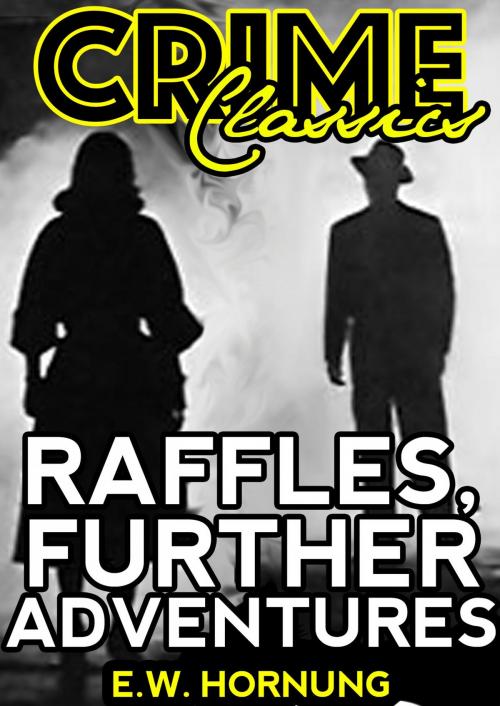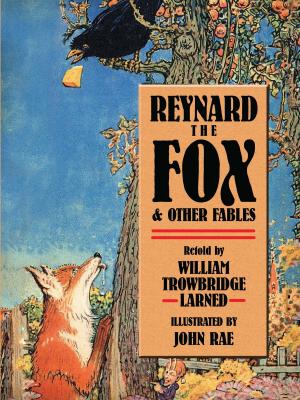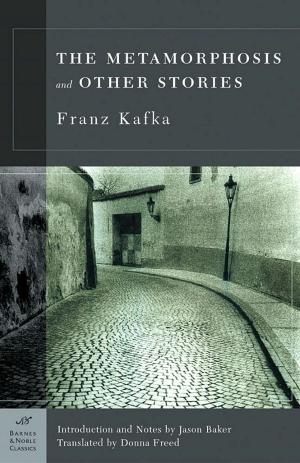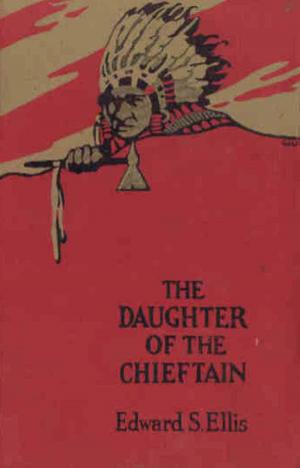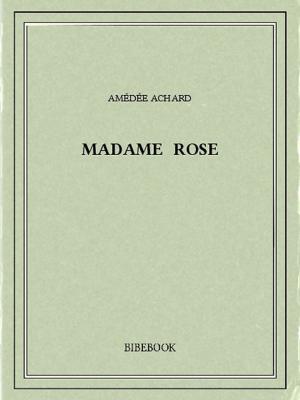| Author: | E.W. Hornung | ISBN: | 9781508081241 |
| Publisher: | Dead Dodo Crime Classics | Publication: | October 1, 2015 |
| Imprint: | Dead Dodo Crime Classics | Language: | English |
| Author: | E.W. Hornung |
| ISBN: | 9781508081241 |
| Publisher: | Dead Dodo Crime Classics |
| Publication: | October 1, 2015 |
| Imprint: | Dead Dodo Crime Classics |
| Language: | English |
Classic Crime Press presents you Raffles, Further Adventures in a fantastic ebook edition.
E. W. Hornung wrote a series of twenty-six short stories and one novel about the adventures of Arthur J. Raffles, cricketer and gentleman thief, and his chronicler, Harry "Bunny" Manders, in London, between 1898 and 1909. The first story, "The Ides of March", appeared in the June 1898 edition of Cassell's Magazine. The early adventures were published in The Amateur Cracksman and continued with The Black Mask. The last collection, A Thief in the Night and the novel Mr. Justice Raffles tell of adventures previously withheld.
Hornung dedicated the first collection of stories, The Amateur Cracksman, to his brother-in-law, Arthur Conan Doyle, intending Raffles as a "form of flattery." In contrast to Conan Doyle's Holmes and Watson, Raffles and Bunny are "something dark, morally uncertain, yet convincingly, reassuringly English."
“I think I may claim that his famous character Raffles was a kind of inversion of Sherlock Holmes, Bunny playing Watson. He admits as much in his kindly dedication. I think there are few finer examples of short-story writing in our language than these, though I confess I think they are rather dangerous in their suggestion. I told him so before he put pen to paper, and the result has, I fear, borne me out. You must not make the criminal a hero.”
— Arthur Conan Doyle
Raffles is an antihero. Although a thief, he "never steals from his hosts, he helps old friends in trouble, and in a subsequent volume he may or may not die on the veldt during the Boer War." Additionally, the "recognition of the problems of the distribution of wealth is a recurrent subtext" throughout the stories.
According to the Strand Magazine, these stories made Raffles "the second most popular fictional character of the time," behind Sherlock Holmes. They have been adapted to film, television, stage, and radio, with the first appearing in 1903.
Classic Crime Press presents you Raffles, Further Adventures in a fantastic ebook edition.
E. W. Hornung wrote a series of twenty-six short stories and one novel about the adventures of Arthur J. Raffles, cricketer and gentleman thief, and his chronicler, Harry "Bunny" Manders, in London, between 1898 and 1909. The first story, "The Ides of March", appeared in the June 1898 edition of Cassell's Magazine. The early adventures were published in The Amateur Cracksman and continued with The Black Mask. The last collection, A Thief in the Night and the novel Mr. Justice Raffles tell of adventures previously withheld.
Hornung dedicated the first collection of stories, The Amateur Cracksman, to his brother-in-law, Arthur Conan Doyle, intending Raffles as a "form of flattery." In contrast to Conan Doyle's Holmes and Watson, Raffles and Bunny are "something dark, morally uncertain, yet convincingly, reassuringly English."
“I think I may claim that his famous character Raffles was a kind of inversion of Sherlock Holmes, Bunny playing Watson. He admits as much in his kindly dedication. I think there are few finer examples of short-story writing in our language than these, though I confess I think they are rather dangerous in their suggestion. I told him so before he put pen to paper, and the result has, I fear, borne me out. You must not make the criminal a hero.”
— Arthur Conan Doyle
Raffles is an antihero. Although a thief, he "never steals from his hosts, he helps old friends in trouble, and in a subsequent volume he may or may not die on the veldt during the Boer War." Additionally, the "recognition of the problems of the distribution of wealth is a recurrent subtext" throughout the stories.
According to the Strand Magazine, these stories made Raffles "the second most popular fictional character of the time," behind Sherlock Holmes. They have been adapted to film, television, stage, and radio, with the first appearing in 1903.
